Home>Garden Essentials>Wood Chips Ground Cover: How Much Do I Need
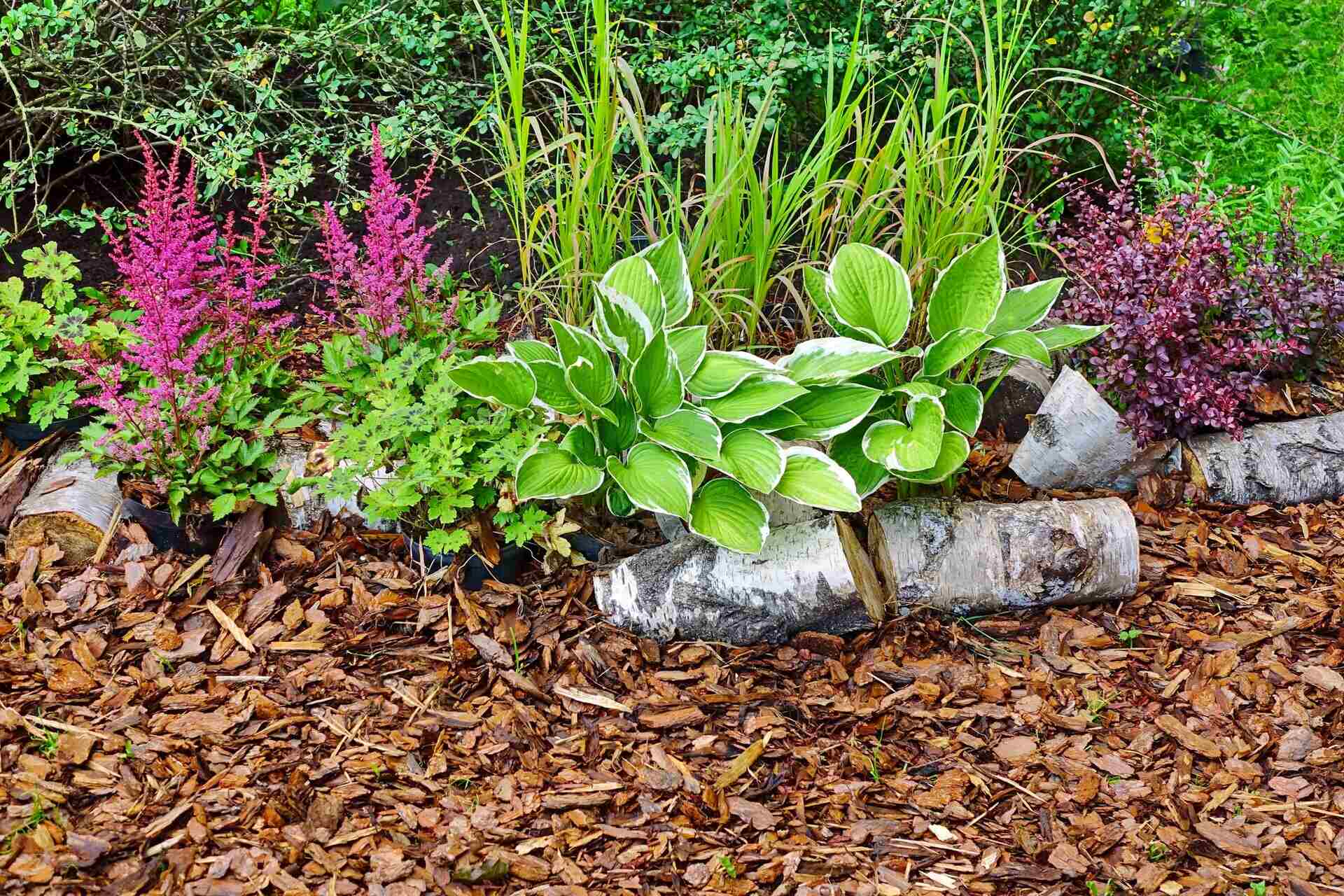

Garden Essentials
Wood Chips Ground Cover: How Much Do I Need
Modified: May 6, 2024
A garden guide to wood chips ground cover: Discover how much you need for your garden and enhance its beauty with this natural and functional solution.
(Many of the links in this article redirect to a specific reviewed product. Your purchase of these products through affiliate links helps to generate commission for Storables.com, at no extra cost. Learn more)
Introduction
When it comes to landscaping, one of the essential elements to consider is ground cover. Not only does it add an aesthetic appeal to your garden, but it also serves practical purposes such as weed prevention, moisture retention, and soil temperature moderation. With a variety of options available, wood chips have emerged as a popular choice for many gardeners. Not only are they attractive, but they also offer numerous benefits for your plants and soil.
In this article, we will delve into the topic of wood chips ground cover and explore how much you need for your garden. By understanding the factors to consider and following a simple calculation, you can ensure that you have the right quantity of wood chips to achieve your desired results.
Before we jump into the specifics, it’s important to note that wood chips are derived from chipped tree branches, bark, or other woody materials. They can be obtained from local tree service companies or produced from your own garden waste. Wood chips are an environmentally friendly and cost-effective option suitable for various landscaping projects.
Now that you have a brief overview, let’s proceed to the factors you need to consider when determining how much wood chips ground cover you need in your garden.
Key Takeaways:
- Calculate the right amount of wood chips by measuring your garden area and choosing the right thickness. Consider future planting and environmental impact for a beautiful and sustainable garden.
- Ensure your garden’s beauty and health by factoring in wood chip settling, high-traffic areas, and supplier recommendations. Opt for locally sourced or recycled wood chips for an eco-friendly touch.
Read more: How Much Stone Ground Cover Do I Need
Factors to Consider
Before calculating the quantity of wood chips you need, there are several key factors to consider. Taking these factors into account will ensure that you get the right amount of wood chips for effective ground cover in your garden.
1. Area to Cover: The size of the area you want to cover with wood chips is a crucial factor. Measure the length and width of the space to determine its square footage. This will give you a starting point for calculating the quantity of wood chips needed.
2. Thickness of Wood Chips: The thickness of the wood chip layer is another factor that plays a significant role. A thicker layer provides better weed suppression, moisture retention, and temperature moderation. However, keep in mind that a thicker layer also requires more wood chips. A depth of 3-4 inches is usually recommended for most garden beds.
3. Type of Wood Chips: The type of wood chips you choose can impact the coverage area. Different wood materials might have different sizes and densities, which can affect how much ground area they can cover. Consider the specific wood chip variety you are using and its characteristics when calculating the quantity required.
4. Desired Longevity: Think about how long you want your wood chips ground cover to last. If you are looking for a temporary solution or plan to change your landscaping design frequently, you may need less wood chips. On the other hand, if you prefer a long-lasting ground cover, you might opt for a thicker layer of wood chips.
5. Future Planting: If you have any future planting plans in the area, take that into consideration when calculating the quantity of wood chips needed. Some plants may require alternate ground cover or a specific depth of wood chips, which may affect the amount you need initially.
Considering these factors will enable you to determine the appropriate quantity of wood chips for your garden. Next, we will explore how to calculate the quantity of wood chips needed based on these factors.
Area to Cover
Before determining the quantity of wood chips needed, it is essential to accurately measure the area you want to cover. By knowing the dimensions of the space, you can calculate the square footage and proceed with the calculation.
To measure the area, start by determining the length and width of the space. Use a tape measure or any other measuring tool to get accurate measurements. For irregularly shaped areas, you can break them down into smaller, regular shapes and calculate their square footage individually.
Once you have the length and width measurements, multiply them together to obtain the square footage. For example, if your garden bed is 10 feet long and 6 feet wide, the total square footage would be 60 square feet.
It’s important to note that if you have multiple areas to cover, measure each one separately and sum up the square footage. This will give you the total area you need to calculate the quantity of wood chips needed.
Now that you have determined the square footage, let’s move on to the next step in calculating the quantity of wood chips ground cover – considering the thickness of the wood chips layer.
Thickness of Wood Chips
The thickness of the wood chips layer is a critical factor to consider when calculating the quantity of wood chips needed for ground cover in your garden. The thickness will vary depending on your specific requirements and the benefits you want to achieve.
A thicker layer of wood chips offers better weed suppression, moisture retention, and temperature moderation. It also provides a more visually appealing and uniform ground cover. However, keep in mind that a thicker layer requires a larger quantity of wood chips.
For most garden beds, a recommended thickness is around 3-4 inches. This depth allows for effective weed control and moisture regulation. To determine the total volume of wood chips needed, you will multiply the square footage of the area by the desired thickness.
Let’s take an example to illustrate the calculation. If your garden bed has an area of 100 square feet and you want to apply a 4-inch thick layer of wood chips, the calculation would be as follows:
100 square feet x 4 inches = 400 cubic feet of wood chips
Remember to convert the depth from inches to feet when making the calculation. An inch is equal to 0.08 feet.
It’s important to note that the thickness of the wood chips layer can slightly compress over time due to natural settling. To compensate for this, you may consider adding a little extra initially to account for the potential compression.
Now that we have covered the thickness of wood chips, let’s move on to calculating the exact quantity of wood chips needed based on the measurement we just obtained.
Measure the area you want to cover with wood chips and calculate the square footage. Then, determine the depth of wood chips you want (usually 2-4 inches). Use an online calculator to figure out how many cubic yards of wood chips you’ll need.
Calculating the Quantity Needed
Now that you have determined the square footage of the area and the desired thickness of the wood chips layer, you can proceed to calculate the quantity of wood chips needed for effective ground cover in your garden.
To calculate the quantity, multiply the square footage by the desired thickness in feet. This will give you the total volume of wood chips required in cubic feet. However, it’s important to note that wood chips are often sold in cubic yards or cubic meters. To convert the volume from cubic feet to the appropriate unit, use the following conversions:
- 1 cubic yard = 27 cubic feet
- 1 cubic meter = 35.3 cubic feet
Let’s continue with the example of a garden bed with an area of 100 square feet and a desired thickness of 4 inches:
100 square feet x 4 inches = 400 cubic feet
To convert the volume to cubic yards or cubic meters, divide the cubic feet by the respective conversion factor:
400 cubic feet ÷ 27 (cubic feet in a cubic yard) = 14.8 cubic yards (rounded to the nearest decimal)
or
400 cubic feet ÷ 35.3 (cubic feet in a cubic meter) = 11.3 cubic meters (rounded to the nearest decimal)
These calculations provide you with the approximate quantity of wood chips needed in either cubic yards or cubic meters.
Keep in mind that these calculations assume a level surface with no irregularities or slopes. If you have an area with slopes or uneven terrain, it’s recommended to consult with a professional or adjust the calculations accordingly.
By following these steps, you can accurately determine the quantity of wood chips needed for effective ground cover in your garden. However, there are a few additional considerations to keep in mind, which we will explore in the next section.
Other Considerations
While calculating the quantity of wood chips needed based on the area and thickness is essential, there are a few other considerations to keep in mind to ensure the best results for your garden ground cover.
1. Settling and Decomposition: Over time, wood chips can settle and decompose, which may require replenishing the layer. Take this into account when calculating the quantity needed, especially if you want a long-lasting ground cover. Adding a small buffer in your calculation can help account for potential settling and decomposition.
2. Extra for Pathways and High Traffic Areas: If you are planning to create pathways or have high traffic areas in your garden, consider adding extra wood chips to withstand wear and tear. These areas may require a thicker layer of wood chips to ensure durability and longevity.
3. Supplier Recommendations: Check with your wood chip supplier regarding their recommendations for coverage. Different suppliers or wood chip types may have specific guidelines or coverage rates that can help you refine your calculations.
4. Storage Space: Consider the availability of space for storing extra wood chips if you are ordering in bulk. Ensure that you have a suitable area to store the excess material to maintain its quality and prevent any potential hazards.
5. Environmental Impact: If you are concerned about the sustainability and environmental impact, you may want to explore locally sourced wood chips or consider recycling garden waste to produce your own wood chips. This can reduce transportation emissions and minimize the carbon footprint associated with acquiring wood chips.
By taking these additional considerations into account, you can optimize your wood chips ground cover and ensure that you have enough material for your specific needs and garden conditions.
Now that you have a comprehensive understanding of the factors to consider and the calculations involved in determining the quantity of wood chips needed, you can confidently proceed with your landscaping project and enjoy the benefits that wood chips can provide.
Conclusion
Wood chips ground cover is a popular choice for many gardeners looking to add both beauty and functionality to their landscapes. By carefully considering the factors discussed in this article – including the area to cover, thickness of the wood chips, and other considerations – you can accurately calculate the quantity of wood chips needed for your garden.
Measuring the area you want to cover, determining the desired thickness of the wood chips layer, and performing the necessary calculations will allow you to determine the appropriate quantity of wood chips. Remember to consider the type of wood chips, your desired longevity, and any future planting plans you may have.
Additionally, be aware of potential settling and decomposition over time, and consider adding extra wood chips for pathways and high traffic areas. Consult with your wood chip supplier for any specific recommendations they may have, and make sure you have adequate storage space if ordering in bulk.
Lastly, if sustainability is a concern, explore locally sourced or recycled wood chips to minimize the environmental impact of your landscaping project.
By taking these factors into account and following the calculations outlined in this article, you can ensure that you have the right quantity of wood chips for effective ground cover in your garden. Not only will your garden look visually appealing, but the wood chips will also provide the necessary weed suppression, moisture retention, and temperature regulation to support healthy plant growth.
Now that you are armed with the knowledge to calculate the quantity of wood chips needed, go ahead and embark on your landscaping project with confidence. Enjoy the transformation of your garden and the benefits that wood chips ground cover can bring!
Ready to spruce up your garden's borders? Don't miss our guide on creative garden fence ideas. Whether you're aiming to add a touch of privacy or just want to enhance your landscape, you'll find plenty of inspiration to transform your outdoor space into a haven of tranquility and style.
Frequently Asked Questions about Wood Chips Ground Cover: How Much Do I Need
Was this page helpful?
At Storables.com, we guarantee accurate and reliable information. Our content, validated by Expert Board Contributors, is crafted following stringent Editorial Policies. We're committed to providing you with well-researched, expert-backed insights for all your informational needs.
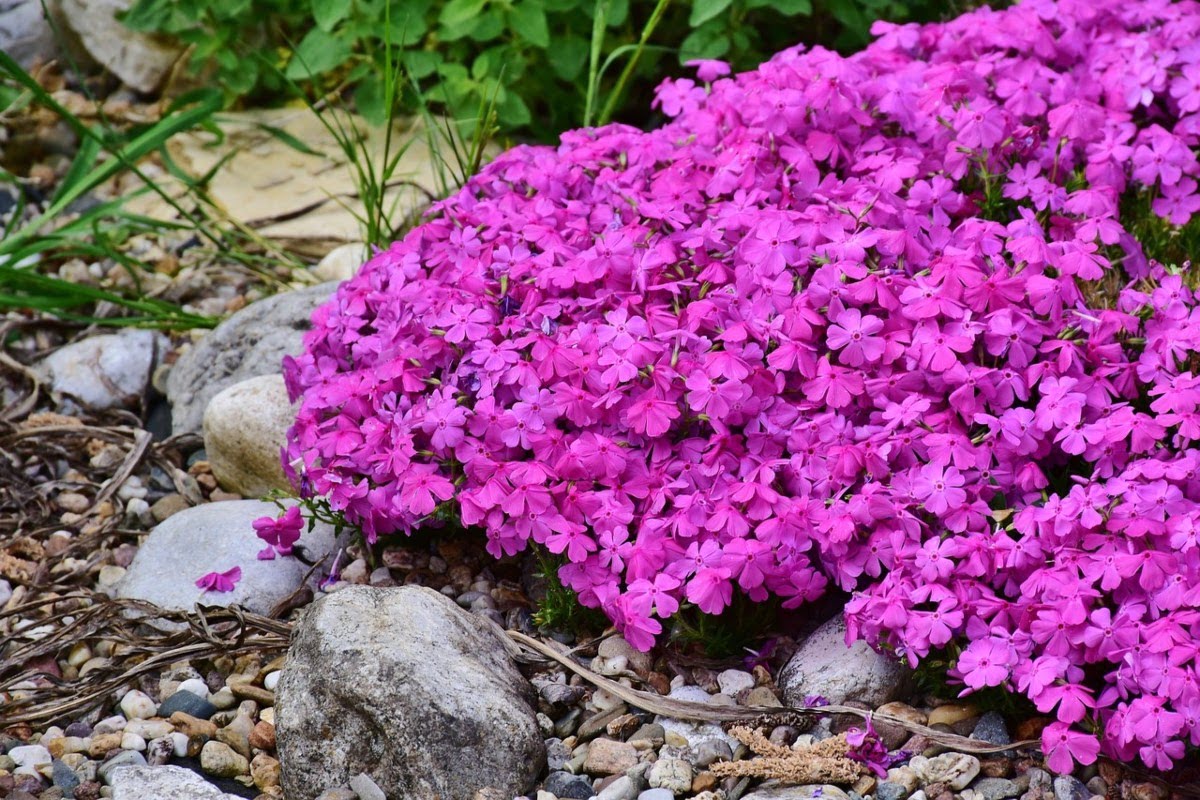
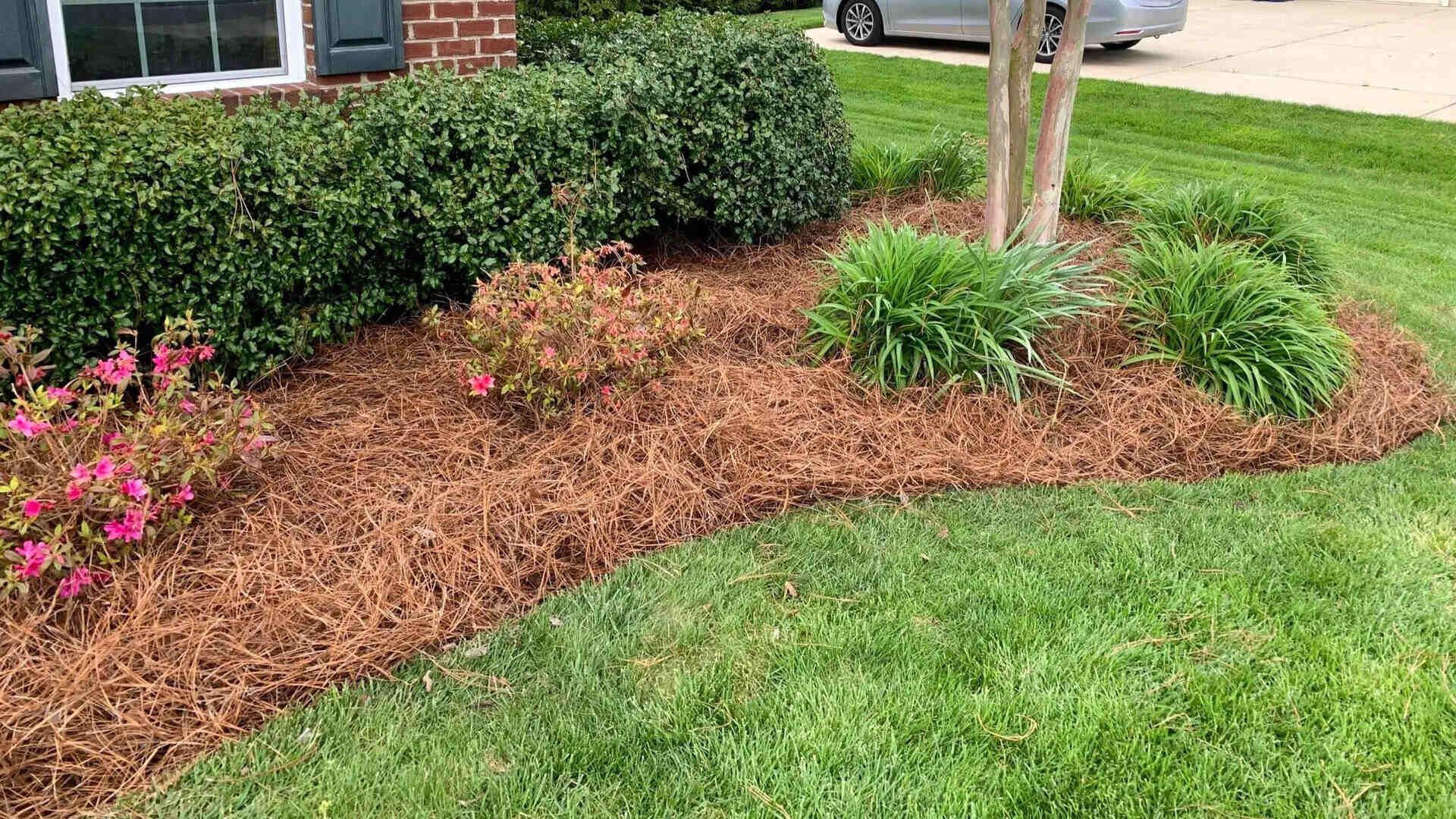
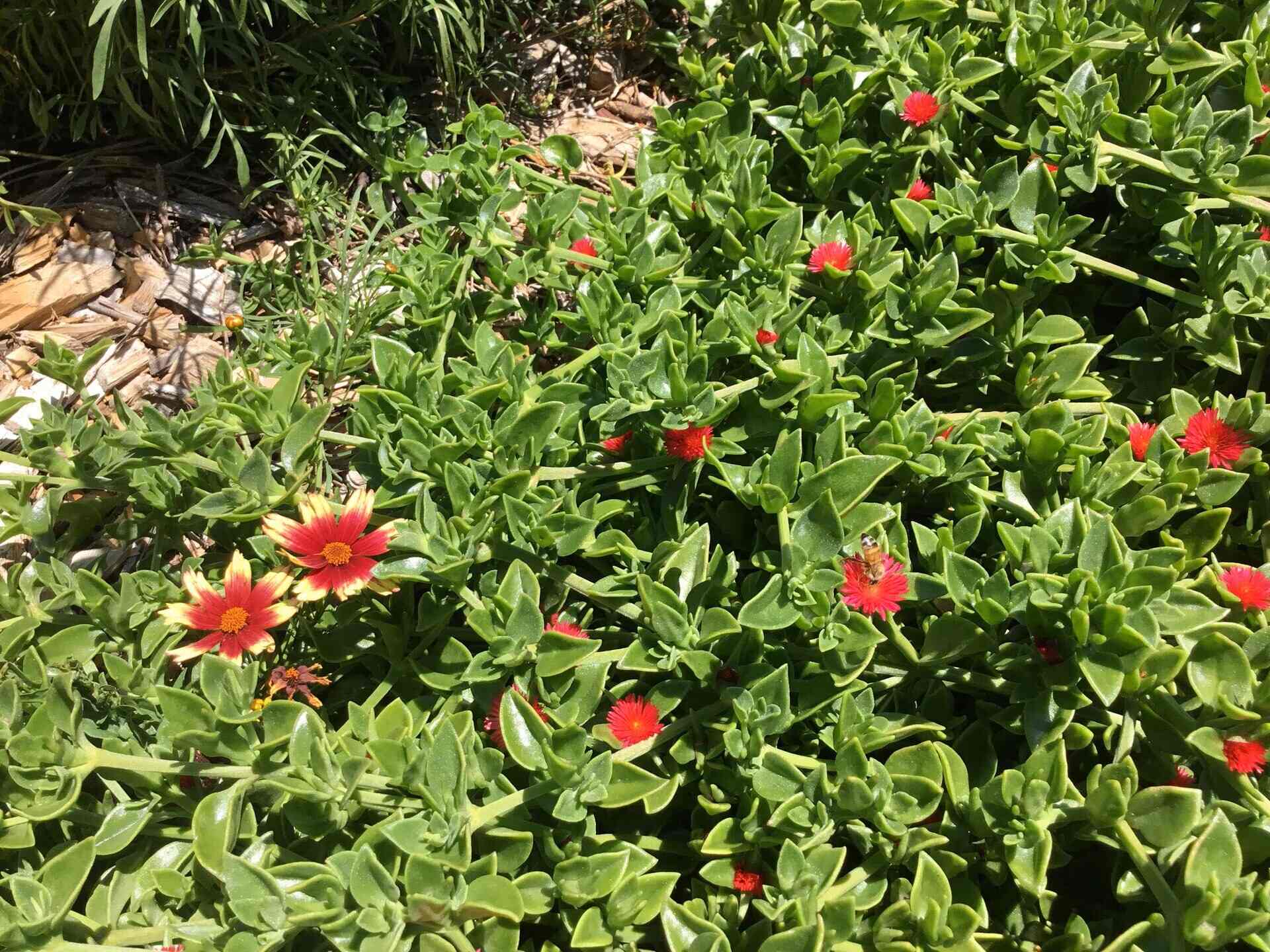
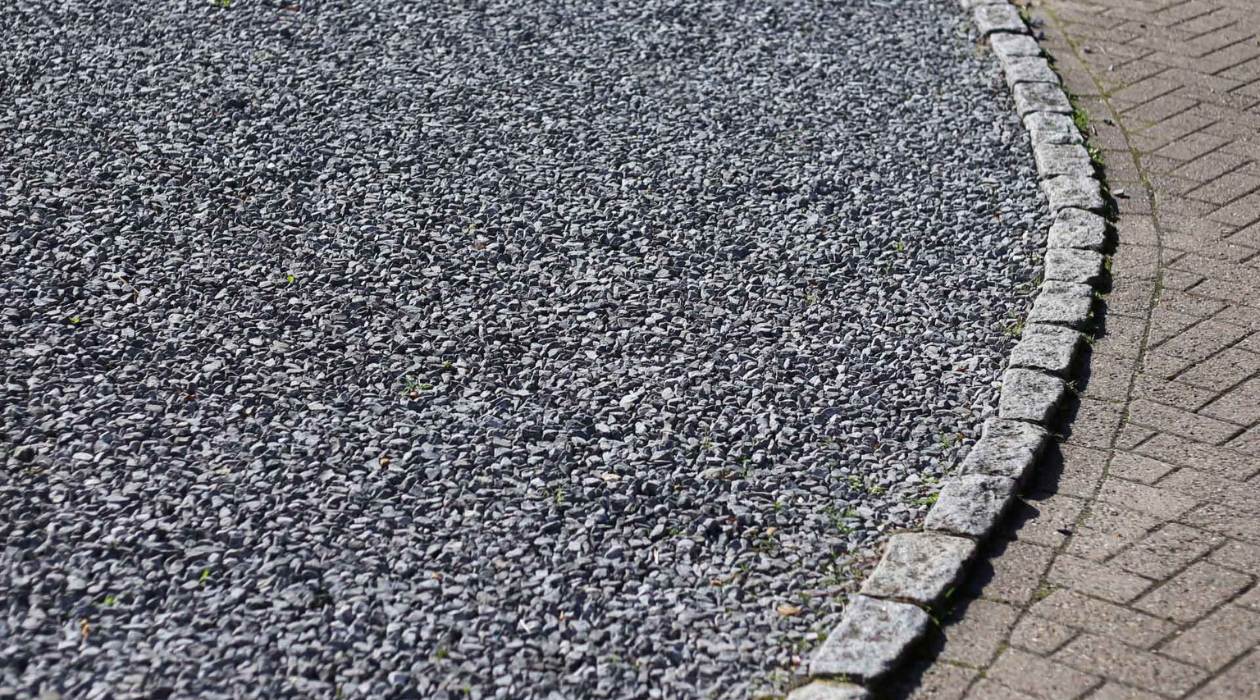
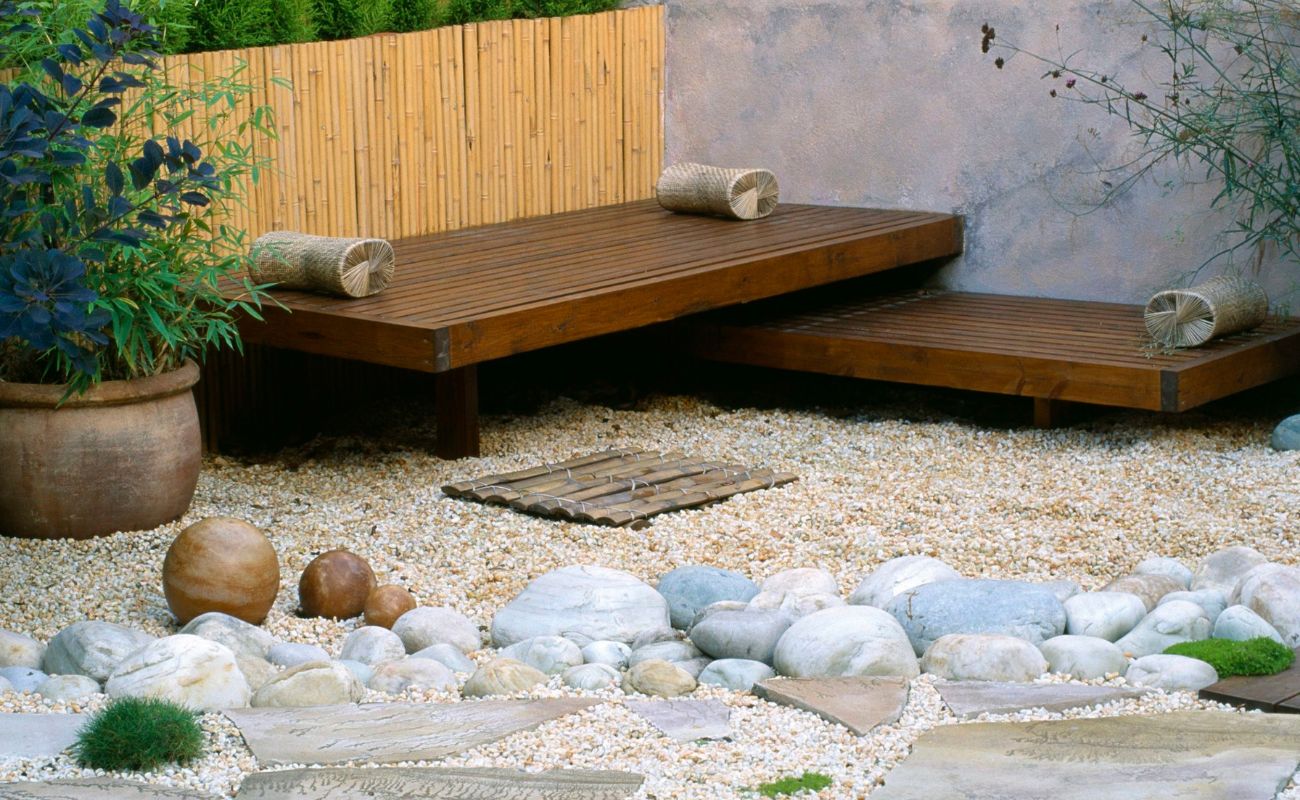
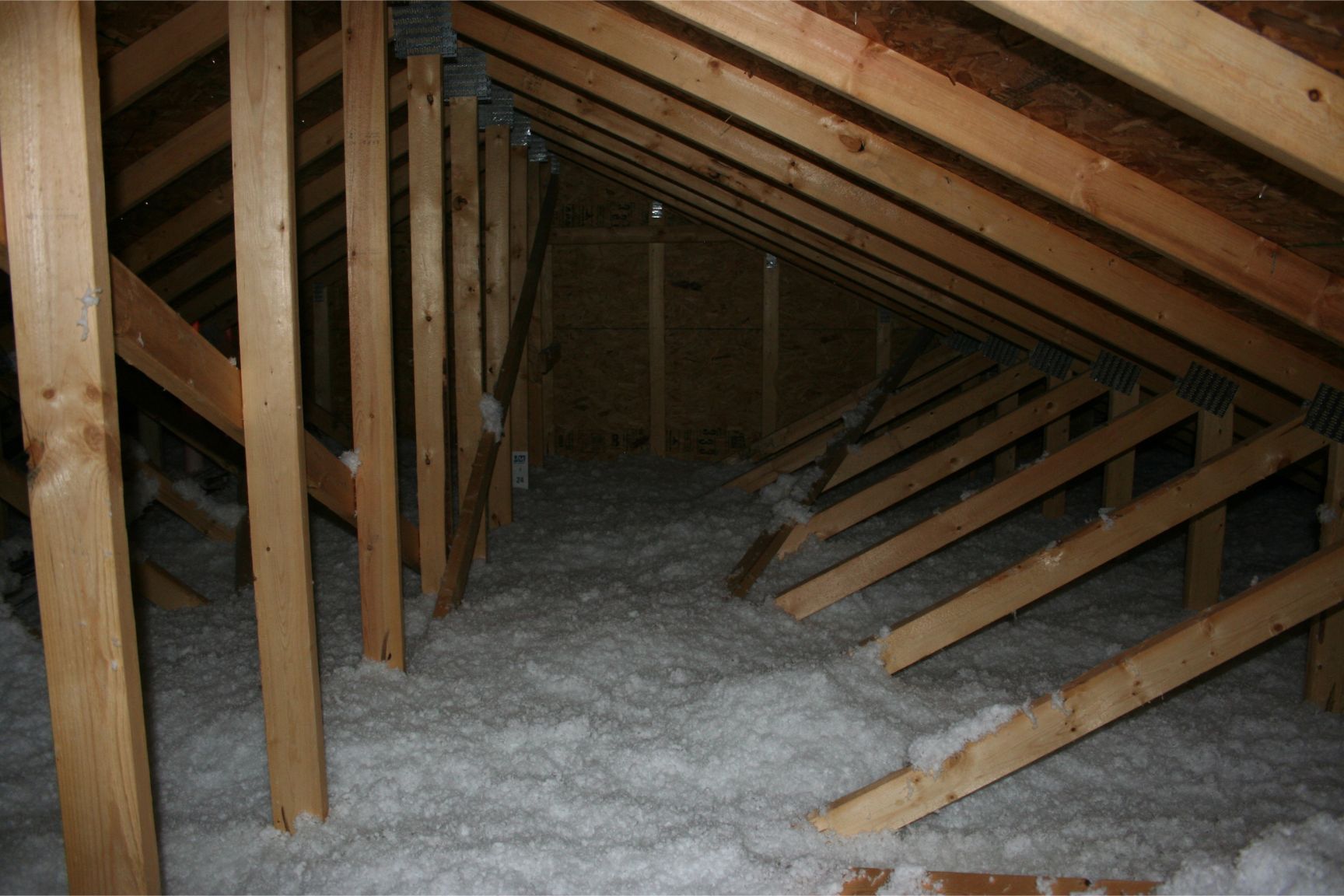
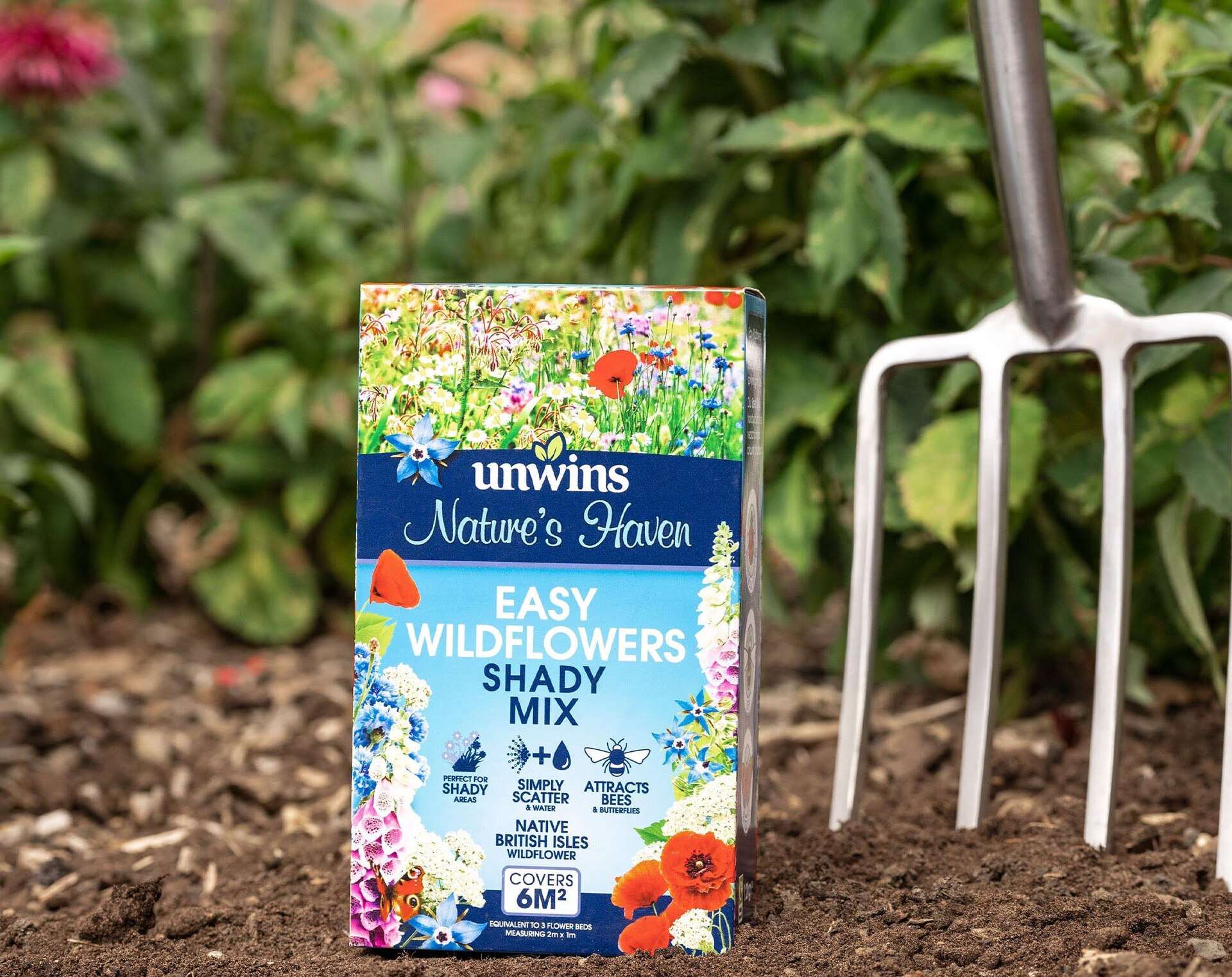
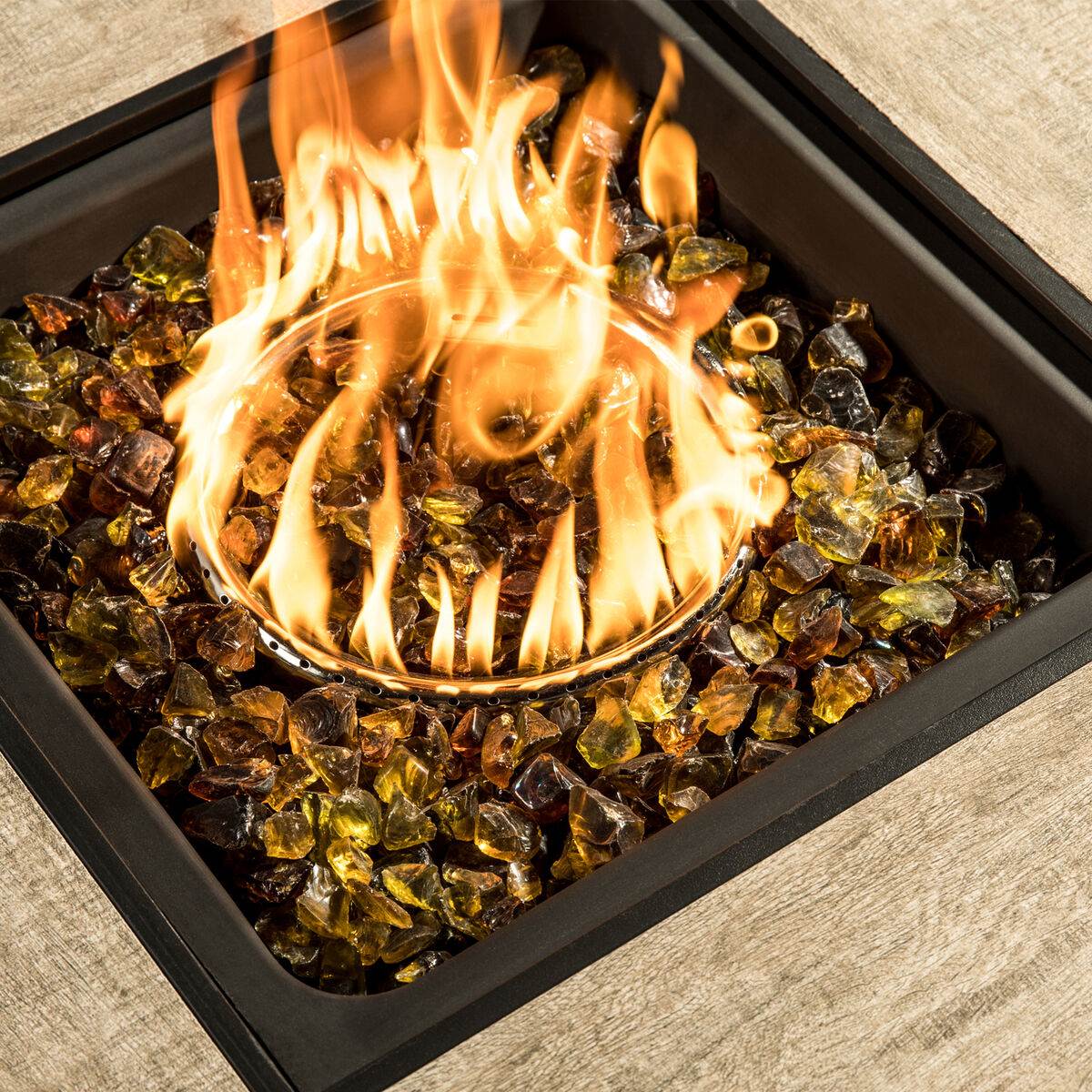
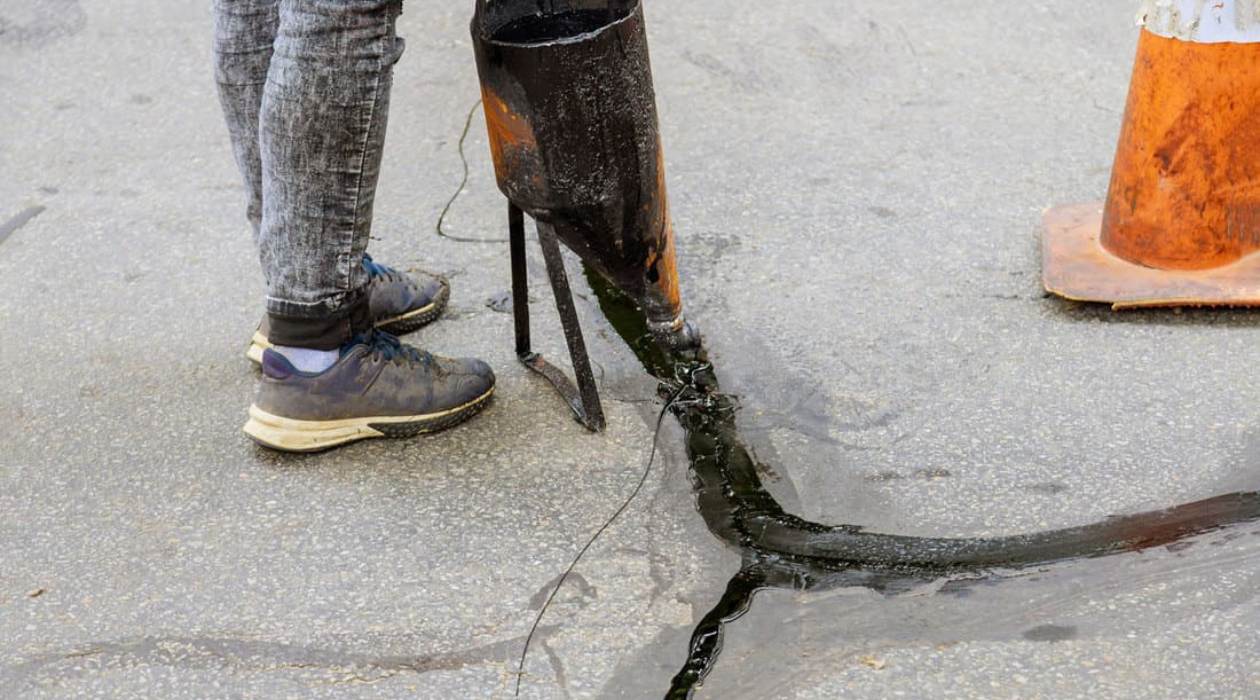

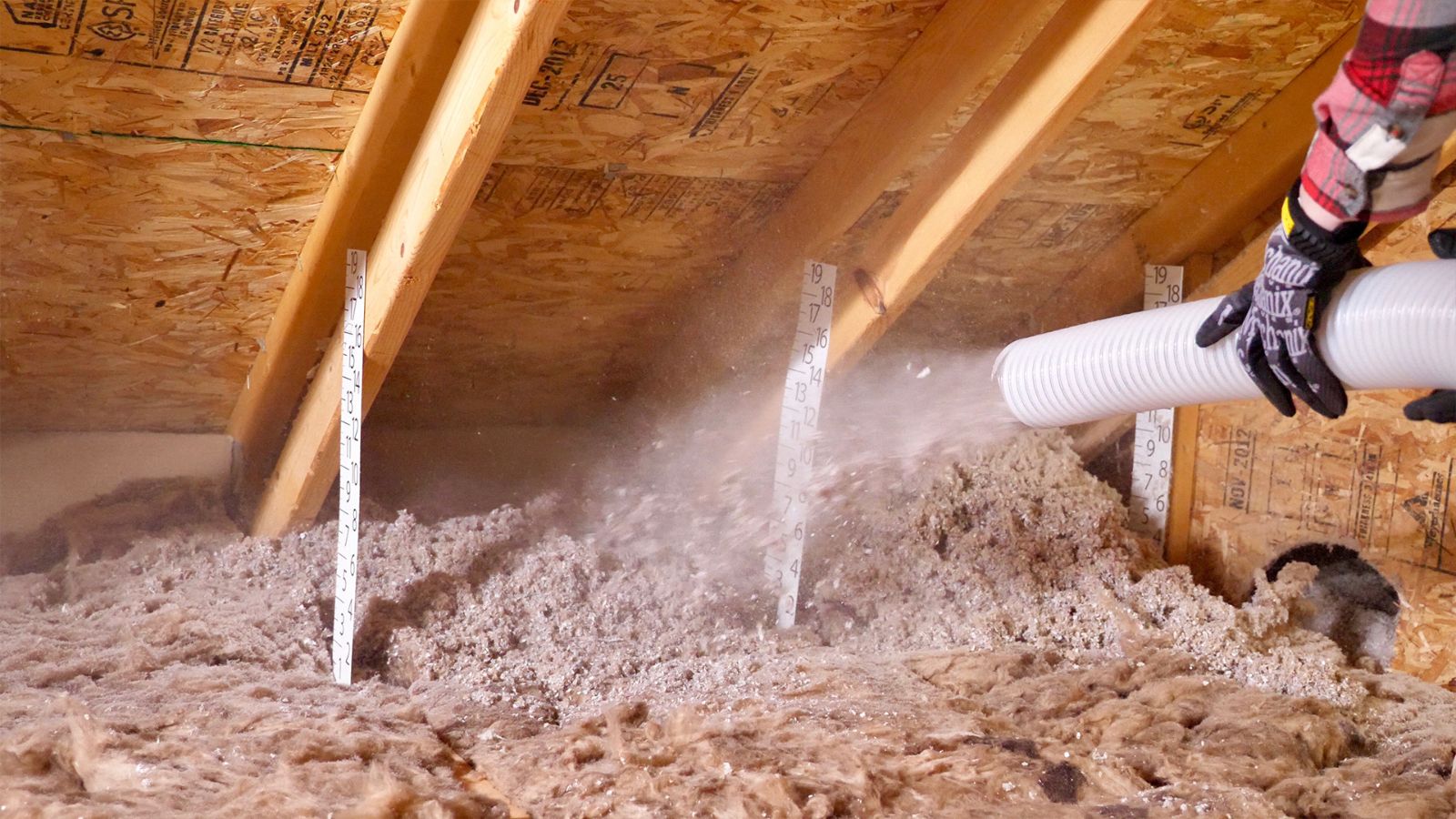
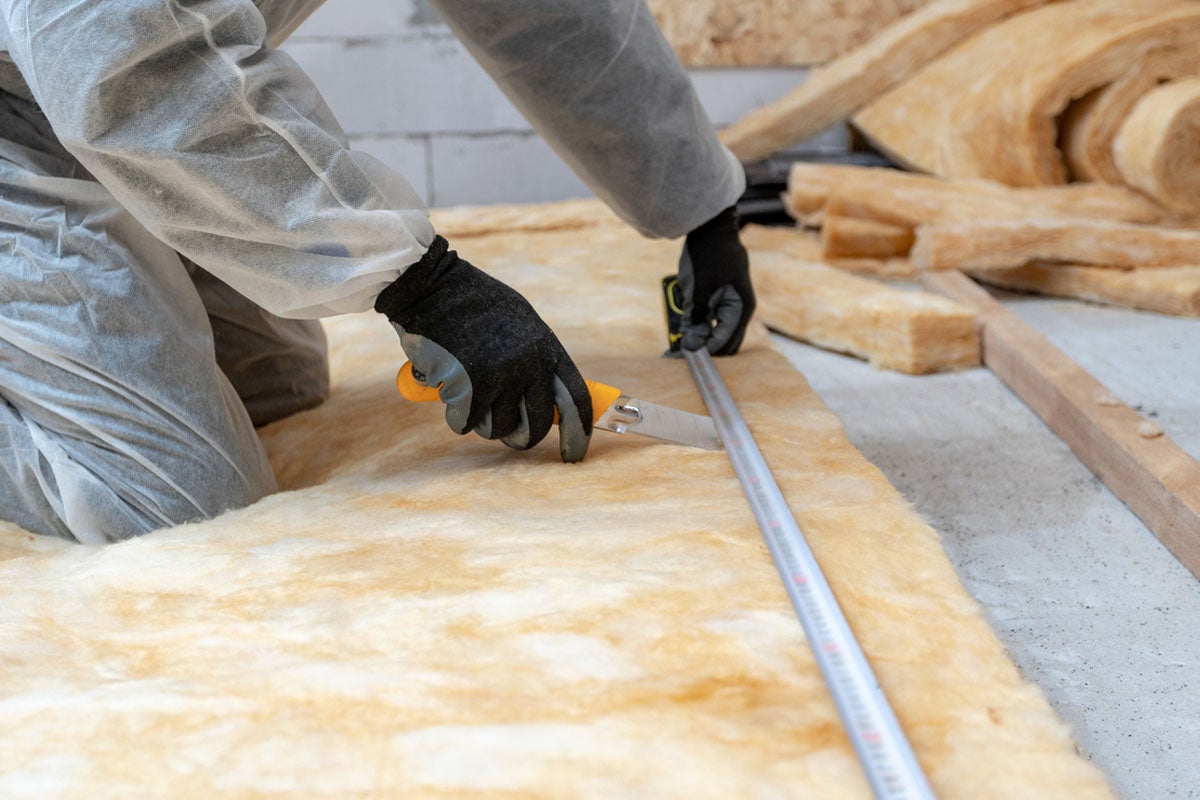
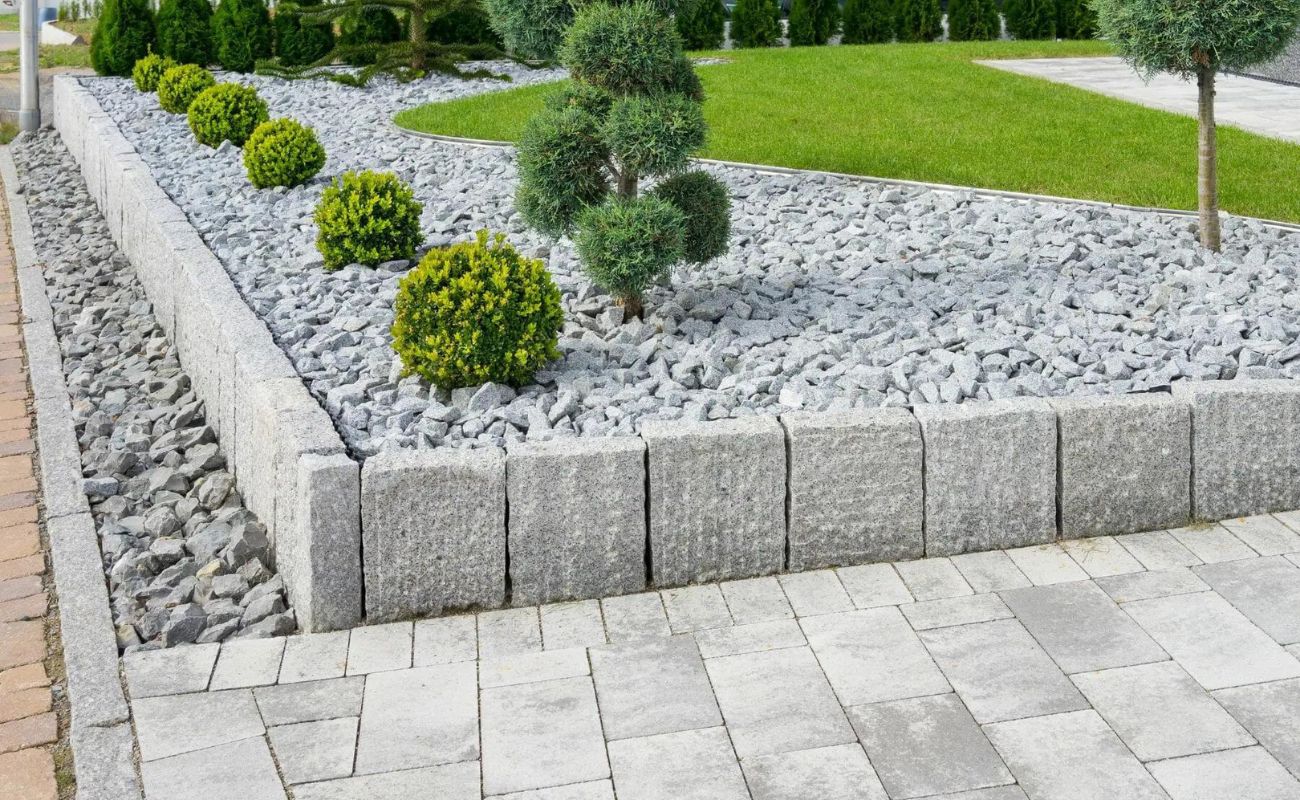


0 thoughts on “Wood Chips Ground Cover: How Much Do I Need”